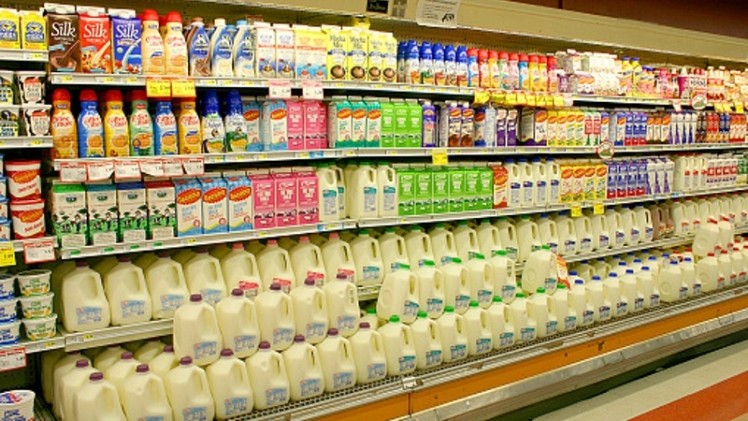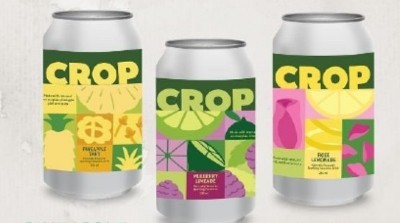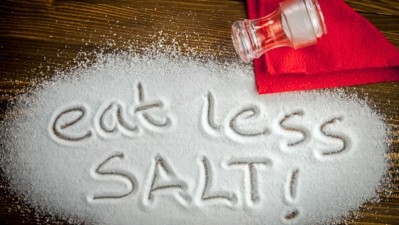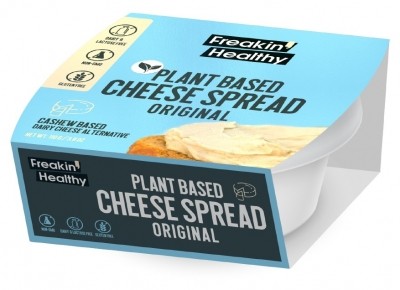Consumers more accepting of biocides in ‘environmentally friendly’ dairy drinks: China-NZ study

The joint study was conducted to provide industry guidance in view of several countries having implemented mandatory biocide labelling regulations, with New Zealand expected to follow suit in future.
Biocides are used in food and beverage products as sanitisers and disinfectants to lower microbial contamination risk, and are used widely in the dairy industry to ensure safe production and minimise foodborne disease risk by inhibiting pathogenic micro-organisms present on product contact surfaces. Some examples of biocides are chlorine compounds, peratic acid, hydrogen peroxide, and acid anionic and quaternary ammonium compounds.
Biocides are typically employed on food contact surfaces when the product itself is not present, but residues in water or on product contact surfaces could still come into contact with the product, resulting in low levels of biocides or their breakdown products being detectable in the final product.
Eastern and Western focus
The researchers conducted eight focus group sessions (four in New Zealand and four in China) to better understand consumer perception of biocide use, compare “Western and Eastern society perceptions”, and find out if information could be “delivered through packaging labels to positively influence consumers’ attitudes” towards biocide use.
The focus group participants — 37 in New Zealand and 30 in China altogether — were all over 18, did not work in the food industry and had not studied food-related subjects. The researchers preferentially selected those who were aged 30 to 60, had an above-average combined household income, and were parents to at least one child living at home. The latter demographic was chosen based on their tendency to be more concerned about food safety.
Given the 'well-documented mistrust' among Chinese consumers of locally produced dairy beverages and 'obvious advantage' the Kiwi dairy industry had in 'understanding consumer perceptions in this key export market', the researchers made it a point to ask the Chinese participants to answer all questions about buying foods imported from developed countries like New Zealand, Australia and Germany, but not from China.
To buy or not to biocide?
The researchers found that consumers 'generally did not understand why or how biocides were used', lacked knowledge of the different types of biocides, and considered government websites the most trustworthy source of information on biocide use.
Most (73% of Kiwi and 80% of Chinese participants) preferred the term 'sanitised production' to 'biocides used in production', mainly because ‘biocide’ was an unfamiliar word and sounded 'like something bad, like a pesticide', while ‘sanitised’ sounded 'clean'.
However, if a product had 'environmentally friendly biocide used in production' on the packaging, some participants were more accepting of biocide use. When asked to choose a carton of regular UHT milk with no additional labelling, one labelled with 'biocides used in production', one with 'safety assured by the use of a rigorous cleaning and sanitising programme' and one with the 'environmentally friendly' biocide labelling, 57% of the Kiwi participants chose the latter.
In contrast, 57% of the Chinese participants chose the second carton, while 43% rejected the biocide label as they 'did not like unfamiliar information' and found it 'quite troublesome' to research a 'wholly new concept' prior to purchase. Interestingly, all the Chinese participants preferred the third carton as the labelling assured them the product was safe.
The researchers concluded that though Kiwi dairy products were considered "highly credible by both NZ and Chinese consumers, given the probability that biocide use could be picked up in markets as a concern, companies would be wise to further investigate further how best to portray biocide use in a favourable light in their key markets".
Source: Beverages
https://doi.org/10.3390/beverages8010005
“Biocide Use in the Beverage Industry: Consumers’ Knowledge and Label Preferences Relating to the Need and Usefulness of Biocides with Particular Reference to Dairy Beverage Products in New Zealand and China”
Authors: Lei Cong, et al.






















